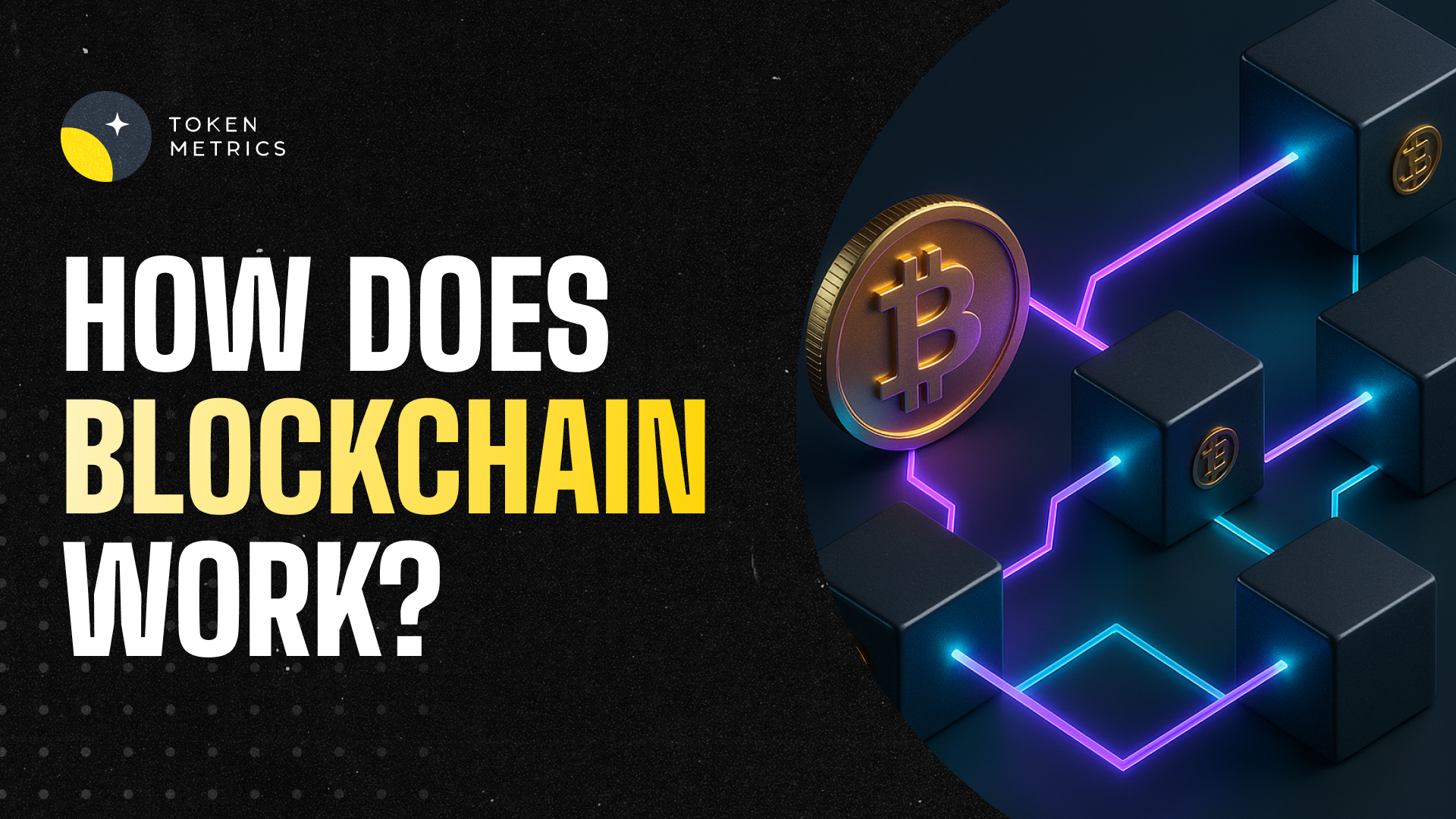
Practical Guide to Building and Using REST APIs

REST APIs power much of the modern web: mobile apps, single-page frontends, third-party integrations, and many backend services communicate via RESTful endpoints. This guide breaks down the core principles, design patterns, security considerations, and practical workflows for building and consuming reliable REST APIs. Whether you are evaluating an external API or designing one for production, the frameworks and checklists here will help you ask the right technical questions and set up measurable controls.
What is a REST API and why it matters
REST (Representational State Transfer) is an architectural style for networked applications that uses stateless communication, standard HTTP verbs, and resource-oriented URLs. A REST API exposes resources (users, orders, prices, metadata) as endpoints that clients can retrieve or modify. The simplicity of the model and ubiquity of HTTP make REST a common choice for public APIs and internal microservices.
Key benefits include:
- Interoperability: Clients and servers can be developed independently as long as they agree on the contract.
- Scalability: Stateless interactions simplify horizontal scaling and load balancing.
- Tooling: Broad tool and library support — from Postman to client SDK generators.
Core principles and HTTP methods
Designing a good REST API starts with consistent use of HTTP semantics. The common verbs and their typical uses are:
- GET — retrieve a representation of a resource; should be safe and idempotent.
- POST — create a new resource or trigger processing; not idempotent by default.
- PUT — replace a resource entirely; idempotent.
- PATCH — apply partial updates to a resource.
- DELETE — remove a resource.
Good RESTful design also emphasizes:
- Resource modeling: use nouns for endpoints (/orders, /users/{id}) not verbs.
- Meaningful status codes: 200, 201, 204, 400, 401, 404, 429, 500 to convey outcomes.
- HATEOAS (where appropriate): include links in responses to related actions.
Design, documentation, and versioning best practices
Well-documented APIs reduce integration friction and errors. Follow these practical habits:
- Start with a contract: define your OpenAPI/Swagger specification before coding. It captures endpoints, data models, query parameters, and error shapes.
- Use semantic versioning for breaking changes: /v1/ or header-based versioning helps consumers migrate predictably.
- Document error schemas and rate limit behavior clearly so clients can implement backoff and retries.
- Support pagination and filtering consistently (cursor-based pagination is more resilient than offset-based for large datasets).
- Ship SDKs or client code samples in common languages to accelerate adoption and reduce misuse.
Automate documentation generation and run contract tests as part of CI to detect regressions early.
Security, performance, and monitoring
Security and observability are essential. Practical controls and patterns include:
- Authentication and authorization: implement OAuth 2.0, API keys, or mutual TLS depending on threat model. Always scope tokens and rotate secrets regularly.
- Input validation and output encoding to prevent injection attacks and data leaks.
- Rate limiting, quotas, and request throttling to protect downstream systems during spikes.
- Use TLS for all traffic and enforce strong cipher suites and certificate pinning where appropriate.
- Logging, distributed tracing, and metrics: instrument endpoints to measure latency, error rates, and usage patterns. Tools like OpenTelemetry make it easier to correlate traces across microservices.
Security reviews and occasional red-team exercises help identify gaps beyond static checks.
Integrating REST APIs with modern workflows
Consuming and testing REST APIs fits into several common workflows:
- Exploration: use Postman or curl to verify basic behavior and response shapes.
- Automation: generate client libraries from OpenAPI specs and include them in CI pipelines to validate integrations automatically.
- API gateways: centralize authentication, caching, rate limiting, and request shaping to relieve backend services.
- Monitoring: surface alerts for error budgets and SLA breaches; capture representative traces to debug bottlenecks.
When building sector-specific APIs — for example, price feeds or on-chain data — combining REST endpoints with streaming (webhooks or websockets) can deliver both historical queries and low-latency updates. AI-driven analytics platforms can help synthesize large API outputs into actionable signals and summaries; for example, Token Metrics and similar tools can ingest API data for model-driven analysis without manual aggregation.
Build Smarter Crypto Apps & AI Agents with Token Metrics
Token Metrics provides real-time prices, trading signals, and on-chain insights all from one powerful API. Grab a Free API Key
FAQ: Common REST API questions
What is the difference between REST and RESTful?
REST describes the architectural constraints and principles. "RESTful" is commonly used to describe APIs that follow those principles, i.e., resource-based design, stateless interactions, and use of standard HTTP verbs.
How should I handle versioning for a public API?
Expose a clear versioning strategy early. Path versioning (/v1/) is explicit and simple, while header or content negotiation can be more flexible. Regardless of approach, document migration timelines and provide backward compatibility where feasible.
When should I use PATCH vs PUT?
Use PUT to replace a resource fully; use PATCH to apply partial updates. PATCH payloads should be well-defined (JSON Patch or application/merge-patch+json) to avoid ambiguity.
What are common pagination strategies?
Offset-based pagination is easy to implement but can produce inconsistent results with concurrent writes. Cursor-based (opaque token) pagination is more robust for large, frequently changing datasets.
How do I test and validate an API contract?
Use OpenAPI specs combined with contract testing tools that validate servers against the spec. Include integration tests in CI that exercise representative workflows and simulate error conditions and rate limits.
How can I secure public endpoints without impacting developer experience?
Apply tiered access controls: provide limited free access with API keys and rate limits for discovery, and require stronger auth (OAuth, signed requests) for sensitive endpoints. Clear docs and quickstart SDKs reduce friction for legitimate users.
What metrics should I monitor for API health?
Track latency percentiles (p50/p95/p99), error rates by status code, request volume, and authentication failures. Correlate these with infrastructure metrics and traces to identify root causes quickly.
Can REST APIs be used with AI models?
Yes. REST APIs can serve as a data ingestion layer for AI workflows, supplying labeled data, telemetry, and features. Combining batch and streaming APIs allows models to access both historical and near-real-time inputs for inference and retraining.
Are there alternatives to REST I should consider?
GraphQL offers flexible client-driven queries and can reduce overfetching, while gRPC provides efficient binary RPC for internal services. Choose based on client needs, performance constraints, and team expertise.
Disclaimer
This article is educational and technical in nature. It does not provide investment, legal, or regulatory advice. Implementations and design choices should be validated against your organization’s security policies and compliance requirements.

.svg)

Create Your Free Token Metrics Account

.png)




%201.svg)
%201.svg)


%201.svg)












.svg)




.png)